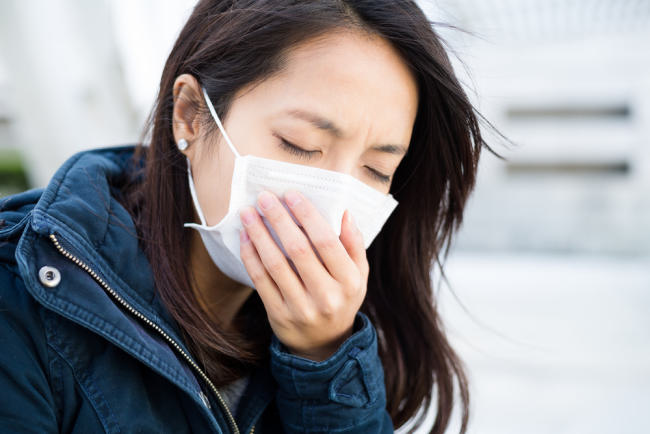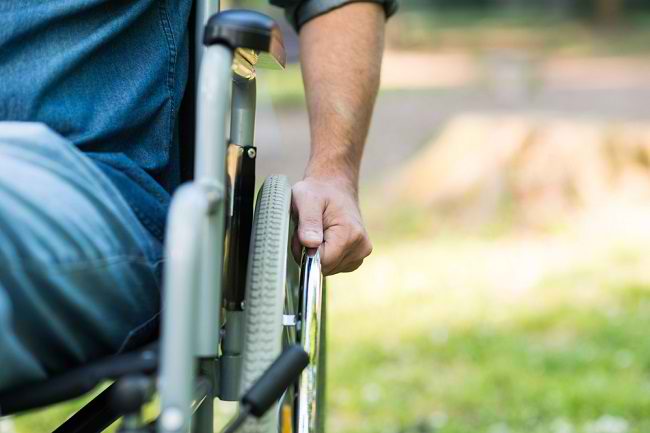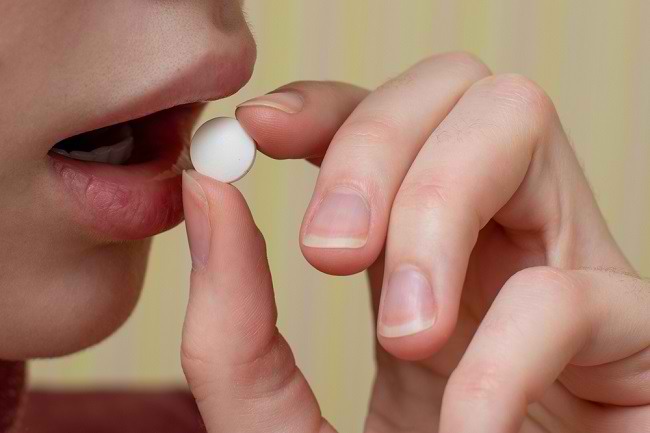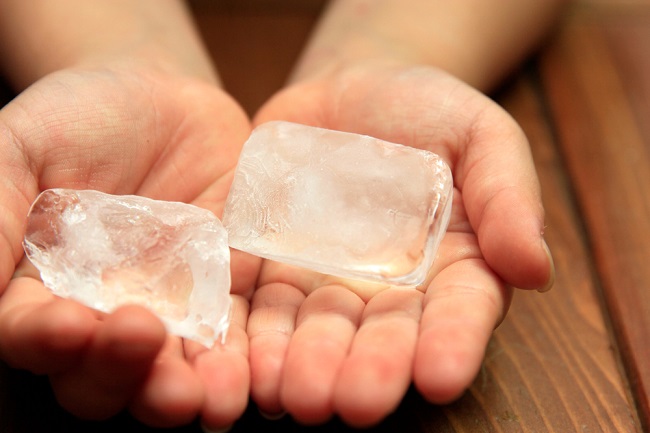Not only hot temperatures, temperatures that are too cold can also make your skin "burn", you know. This condition is called ice burn. What are the causes and symptoms? ice burn and how to handle it? Come on, see the following information.
Ice burn is a condition when the skin becomes inflamed and injured due to contact with cold objects, such as ice or ice cubes dry ice, in a long time. Burns due to ice burn generally looks like a sunburn or sunburn, such as a reddened or pale white skin color.

In addition, this condition can also be accompanied by itchy skin, blisters, hard or soft texture, and numbness.
Process Occurrence Ice Burn and risk factors
Ice burn This can occur when the skin is exposed to cold objects for too long, for example, a cold compress by applying ice cubes directly to the skin without being wrapped in a cloth.
Exposure to cold temperatures for a long time in the body can reduce blood flow. This can make body tissues and cells that are cold or exposed ice burn become damaged or even die. If it is severe, this condition can cause frostbite.
As a result, the skin feels stinging stinging like burning. If it is severe, the nerve tissue can even malfunction, causing a numb sensation. In severe cases, ice burn can make the body part need to be amputated.
Ice burn are more at risk in children and the elderly. This is because their skin tends to be thinner. In addition, there are several other factors that can also make a person more susceptible to experiencing ice burn, that is:
- Too long direct contact with snow or ice cubes
- Do you often work in cold climates?
- Wearing clothes that are not thick or can't withstand cold temperatures when in cold places
- Smoking habit
- Consumption of certain drugs, such as beta-blockers
- Suffering from certain diseases, such as diabetes, peripheral arterial disease, and peripheral neuropathy
How to prevent and treat Ice Burn
Compared to other types of wounds, such as abrasions or burns from hot water, ice burn may occur less frequently. However, this condition still needs to be watched out, yes.
To prevent ice burn, as much as possible avoid sticking ice cubes directly to the skin when doing cold compresses. It's better to wrap the ice cubes with a clean towel or cloth first to reduce your risk of getting it ice burn.
In addition, you are also recommended to wear clothes that are thick enough when in cold temperature areas. This is important so that your skin can be protected from extreme cold temperatures and prevent hypothermia.
If you experience ice burn, move away from sources of cold as quickly as possible. Use a blanket to increase body temperature, then do the following tips:
- Soak the affected skin ice burn into warm water with a temperature of about 40˚C for 20 minutes.
- Repeat the soaking process several times. Give it a gap of 20 minutes before soaking again.
- Avoid using too much warm water as it can make the burn worse.
- If you have blisters on your skin, don't break or puncture them with certain objects, as this could lead to infection.
Moment ice burn If it causes an open wound, first clean the skin area, then cover it with a soft sterile bandage or gauze to prevent infection. To relieve pain, you can take over-the-counter pain relievers, such as paracetamol.
When your skin condition is better, you can apply petroleum jelly or aloe vera gel to help soothe the skin and reduce inflammation. Usually, burns are the result of ice burn may recover within a few days or about 1−2 weeks after treatment, depending on the severity of the burn.
If you feel certain symptoms, such as numbness, can't move the affected body part ice burn, skin changes color to blackish or purplish blue, and symptoms of infection such as festering sores and fever, immediately consult a doctor.
This is important so that the doctor can determine how severe the tissue damage is due to: ice burn and provide proper treatment.









